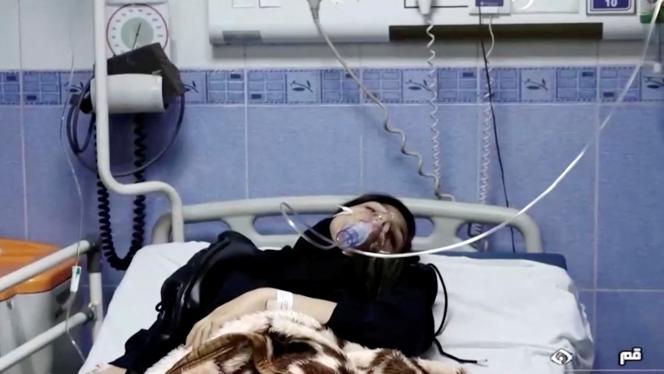Since Saturday, March 4, the day marking the start of the week in Iran, serial poisonings in schools reserved for the vast majority of girls have multiplied at a worrying speed. During the day Sunday, more than 200 elementary schools, colleges and high schools across the country were the target of poisonings of suspicious origin. It is impossible to assess the number of young girls who have been transported to hospital, and the number of victims in critical condition. They complain of breathing difficulties, nausea and headaches. These intoxications come as Iran is crossed by an unprecedented uprising since the death of a young woman, in September 2022, at the end of her police custody for her outfit “not appropriate”.
The poisonings began in late November 2022 in the religious city of Qom, before being seen in several parts of the country. Those responsible for these acts, which occurred in Tehran, Rasht (north), Mashhad (north-east), Bandar-e Abbas (south), Kermanshah (west), in particular, have still not been identified. Adding to the concern and indignation of the population, the Iranian authorities, instead of acting, denounce the action of supposed “enemies of Iran”, or blame the responsibility for this wave on the young girls who are victims of it, on the pretext that they would thus try to create disorder in their establishments. In recent months, young Iranian women have been at the forefront of protests against the regime. Many videos and images have been released showing them burning the portrait of Supreme Leader Ali Khamenei and their headscarves, which are compulsory in Iran.
“The dictator is angry”
A large number of citizens believe that power is actually the cause of these poisonings. And anger is igniting again across the country. During the weekend, parents gathered in some cities in front of government centers to protest against the authorities’ inaction. In Racht, the police dispersed the angry crowd, gathered in front of the city’s education department, by firing tear gas. Arrests have been reported in several cities across the country, sometimes among teenage girls. Some of these scenes were filmed and posted on social media.
A few Iranian newspapers are trying to cover the events, not without difficulty, as journalists have limited room for manoeuvre. One of them, Seyyed Ali Pour Tabatabai, working in Qom for a local news site and having been the first to publicize the poisonings in his city, was arrested on March 5. It is still unclear if the symptoms affecting the victims disappear over time. In Qom, a father said that two weeks after being exposed to a poison, his daughter still could not walk without a walker and was suffering from blurred vision and dizziness, according to Iranian news sites.
You have 23.05% of this article left to read. The following is for subscribers only.
